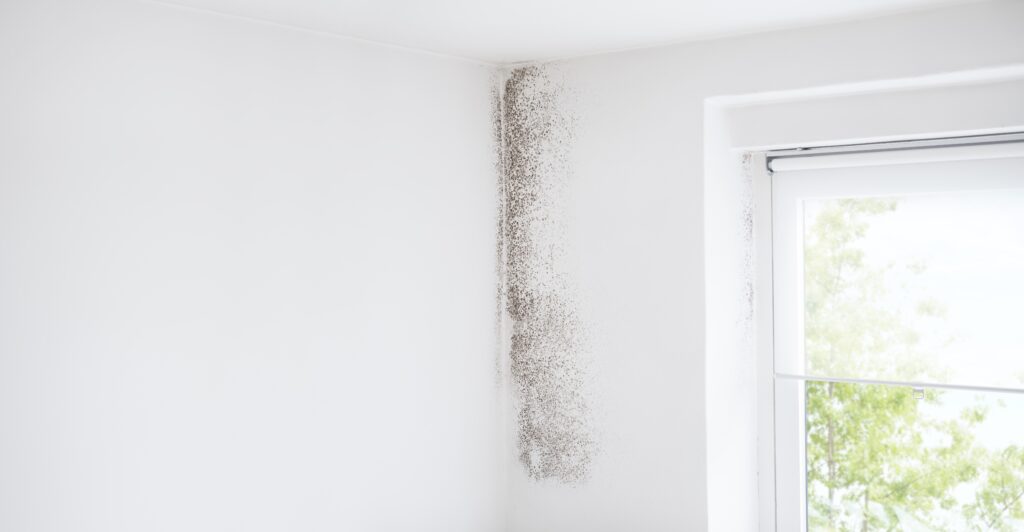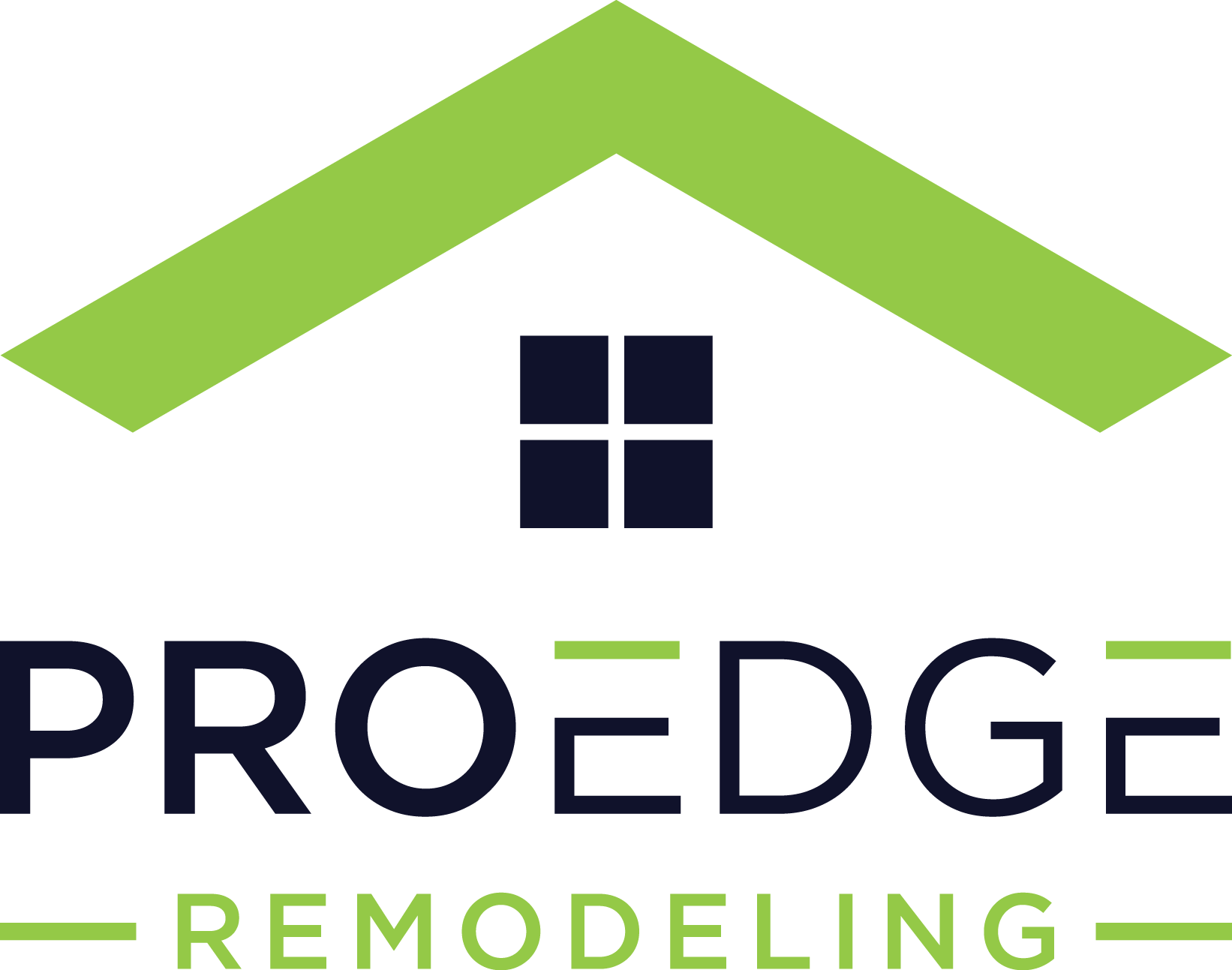How to Test for Mold

Mold is more than just an unsightly nuisance in your home; it can pose serious health risks and cause structural damage if left unchecked. Mold thrives in damp, humid conditions and often hides in areas you might not expect. Testing for mold and understanding how to address it is essential to maintaining a safe and healthy living environment. Let’s explore how to identify mold, test for its presence, and prevent future infestations.
Table of Contents
Common Areas and Conditions for Mold Growth
Understanding where mold is likely to grow is crucial for identifying and addressing potential infestations. Mold thrives in areas with moisture and limited airflow, so knowing the common problem spots in your home can help you stay ahead of any issues.
Bathrooms
Bathrooms are common hotspots for mold. The combination of water, steam, and limited ventilation makes bathrooms ideal for mold growth. Check areas around sinks, in tile grout, under mats, and behind toilets. Even shower curtains and ceilings can harbor mold if not properly cleaned.
Basements and Attics
Basements and attics are also frequent trouble spots. Basements often have high humidity levels, while attics may suffer from poor ventilation and roof leaks. Inspect corners, water pipes, and areas near windows for any signs of mold or moisture.
Kitchens
Kitchens are another area to inspect. Look under sinks, behind refrigerators, and around dishwashers where water leaks can go unnoticed. Mold can also develop in pantry spaces, especially if there are spills or moisture buildup.
Windows and Doors
Windows and doors are common entry points for moisture, especially if seals and weatherstripping are damaged. Condensation on glass and frames can also create an ideal environment for mold to grow.
HVAC Systems
Finally, HVAC systems can be hidden sources of mold. Air ducts, filters, and vents can accumulate moisture and spores, which can then spread throughout your home.
Steps to Test for Mold in Your Home
Testing for mold in your home is an essential step in identifying whether you have a problem and determining its severity. From simple visual inspections to professional testing, these methods can help you detect mold effectively.
Visual Inspection
A visual inspection is a good place to start. Look for discoloration, black or green spots, or fuzzy growths on walls, ceilings, and other surfaces. Mold can appear in a range of colors, including white, brown, and even orange. A quick bleach test can help confirm your suspicions—apply a small amount of diluted bleach to the affected area. If it lightens after a few minutes, it is likely mold.
Smell Test
Your nose can also help detect mold. A musty, earthy smell is a common sign of mold growth. If you notice this odor in a specific area, it’s worth investigating further.
DIY Mold Testing Kits
For a more thorough approach, consider using a DIY mold testing kit. These kits are readily available and can help identify the presence of mold in the air or on surfaces. Air sampling kits collect spores from the air, while surface sampling kits use swabs to gather material from suspected areas. Follow the kit’s instructions carefully, and send samples to a lab if required for analysis. Keep in mind that while DIY kits are convenient, they may not be as accurate as professional testing.
Professional Mold Inspection
If the mold problem seems extensive or if health issues persist, hiring a professional mold inspector is recommended. Professionals use advanced tools such as moisture meters, infrared cameras, and air quality monitors to detect hidden mold. Their expertise ensures a more accurate assessment and provides a detailed report on the extent of the problem.
How to Prevent Mold Growth
Preventing mold from taking hold in your home requires a proactive approach. By addressing moisture sources, improving ventilation, and maintaining proper humidity levels, you can create an environment that discourages mold growth.
Eliminate Moisture Sources
Eliminating moisture sources is one of the most effective ways to prevent mold. Fix leaks in plumbing, roofing, and windows as soon as they are detected. Pay attention to condensation on windows and pipes, and take steps to address the underlying causes.
Improve Ventilation
Improving ventilation in your home is equally important. Use exhaust fans in bathrooms and kitchens to remove excess moisture from the air. Ensure that basements and attics are well-ventilated, and avoid blocking vents or airflow in any part of your home.
Control Humidity Levels
Controlling indoor humidity levels is crucial for mold prevention. Aim to maintain humidity between 30% and 50%. Use dehumidifiers in damp areas, and consider investing in a hygrometer to monitor humidity levels throughout your home.
Regular Maintenance
Regular maintenance can also go a long way in preventing mold. Clean and inspect areas prone to moisture, such as bathrooms, kitchens, and basements. Replace HVAC filters regularly, and have your ducts cleaned periodically to prevent mold buildup in the system.
Health Risks Associated with Mold Exposure
Exposure to mold can cause a variety of health issues, especially for those with allergies, asthma, or compromised immune systems. Understanding the risks associated with mold can motivate you to take preventive measures and address mold problems quickly.
Allergic Reactions
Mold is not just an eyesore; it can pose significant health risks, especially for individuals with allergies, asthma, or compromised immune systems. Allergic reactions are among the most common effects of mold exposure. Symptoms include sneezing, nasal congestion, itchy eyes, and skin irritation. For people with mold allergies, exposure can exacerbate these symptoms and lead to chronic discomfort.
Respiratory Issues
Respiratory issues are another concern. Mold spores can irritate the lungs and trigger asthma attacks or other respiratory problems. Individuals with preexisting conditions, such as chronic obstructive pulmonary disease (COPD), are particularly vulnerable.
Toxic Mold
Toxic mold, often referred to as black mold, can produce mycotoxins that may have serious health implications. While not all black mold is dangerous, prolonged exposure to toxic strains can lead to severe symptoms, including fatigue, headaches, and cognitive difficulties. It is essential to address any mold problem promptly, regardless of its type.
How to Safely Remove Mold
Removing mold safely is important to protect your health and prevent the spread of spores. Whether you’re tackling a small patch yourself or hiring professionals for extensive remediation, understanding the process ensures the job is done correctly.
Small-Scale Remediation
Removing mold safely is crucial to ensure it doesn’t spread or pose additional health risks. For small-scale mold problems, you can handle the cleanup yourself with proper precautions. Start by wearing protective gear, including gloves, a mask, and goggles. Use a solution of detergent and water to scrub the affected area, then disinfect it with a mixture of one cup of bleach per gallon of water. Be sure to ventilate the area while cleaning and dry it thoroughly afterward to prevent mold from returning.
Professional Remediation
For larger infestations, professional remediation is often the best option. Mold remediation specialists use specialized equipment and techniques to remove mold safely and effectively. They also address the underlying causes of mold growth to prevent future issues. Hiring a professional is particularly important if mold has spread over a large area or if it has infiltrated porous materials like drywall or carpeting.
Costs of Mold Testing and Remediation
Dealing with mold can come with varying costs depending on the severity of the problem. From affordable DIY testing kits to professional remediation services, understanding these costs can help you plan and budget effectively.
DIY Testing Costs
The cost of dealing with mold can vary widely depending on the extent of the problem and the methods used. DIY mold testing kits are generally affordable, ranging from $20 to $50.
Professional Testing and Remediation Costs
Professional mold inspections can cost several hundred dollars. Remediation costs depend on the severity of the infestation. Small-scale remediation may only cost a few hundred dollars, but larger jobs involving extensive mold removal and repairs can run into thousands. While the expense may seem high, addressing mold promptly can save you money in the long run by preventing further damage and health complications.
Tips for Maintaining a Mold-Free Home
Keeping your home mold-free requires consistent maintenance and preventive strategies. By adopting good habits and making smart investments, you can reduce the likelihood of mold growth and ensure a healthy living environment.
Routine Inspections
Start by performing routine inspections of mold-prone areas, such as bathrooms, kitchens, basements, and attics. Clean these areas regularly and address any signs of moisture promptly.
Use Moisture-Resistant Materials
Consider using moisture-resistant materials in areas like bathrooms and basements to reduce the risk of mold growth. For example, opt for mold-resistant drywall or paint to add an extra layer of protection.
Professional Inspections
If you live in a high-humidity area, schedule periodic professional inspections to catch potential mold problems early. Investing in preventative measures now can save you the trouble of dealing with costly mold remediation later.
FAQs
How can I differentiate between mold and dirt on surfaces?
Mold often has a fuzzy or slimy texture, whereas dirt is usually dry and dusty. Mold may appear in clusters or spots and can range in color from black and green to orange or white. A simple bleach test can help distinguish between the two: apply a small amount of diluted bleach to the surface. If the spot lightens or disappears after a few minutes, it is likely mold.
Can mold grow in cold climates or during winter?
Yes, mold can grow in cold climates or during winter if there is sufficient moisture and poor ventilation. Areas like basements, attics, and window sills often provide ideal conditions for mold growth. To prevent mold in colder months, ensure proper insulation, fix leaks, and maintain ventilation to reduce moisture buildup.
Is it safe to live in a house with mold?
While small amounts of mold can usually be managed without significant health risks, extensive mold infestations can pose serious health hazards, especially for individuals with allergies, asthma, or weakened immune systems. Toxic molds, such as black mold, can produce harmful mycotoxins. If you suspect widespread mold, it’s advisable to consult a professional for inspection and remediation.
How long does it take for mold to grow after a water leak?
Mold can begin to grow within 24 to 48 hours after water exposure. If you experience a leak or flooding, it’s crucial to address the issue and dry the area thoroughly as quickly as possible to prevent mold from taking hold.
What should I do if mold keeps coming back after cleaning?
Recurring mold usually indicates an underlying moisture problem that has not been resolved. Check for leaks, condensation, or poor ventilation in the affected area. Ensure the cleaned area is thoroughly dried and consider using mold-resistant materials like special paints or sealants. Persistent issues may require professional evaluation to identify hidden sources of moisture or mold.
Can mold affect pets in the same way it affects humans?
Yes, mold can have adverse effects on pets, similar to humans. Pets may experience symptoms like sneezing, coughing, nasal discharge, and skin irritation if exposed to mold spores. Prolonged exposure to toxic mold can lead to more severe health issues. Ensure your home is free from mold to protect your furry friends.
Are natural remedies, like vinegar or essential oils, effective for mold removal?
Vinegar is a natural and effective solution for cleaning non-porous surfaces with light mold infestations. It can kill many types of mold and is a good alternative to harsh chemicals. Essential oils like tea tree oil also have antifungal properties but are less effective for significant infestations. For porous materials or large-scale mold growth, professional remediation is recommended.
How can I prevent mold from spreading during cleaning?
To prevent mold from spreading during cleaning, seal off the affected area with plastic sheeting and tape. Turn off HVAC systems to avoid dispersing spores through the air. Use a HEPA-filter vacuum to remove loose spores and always wear protective gear, including gloves and a mask. Properly dispose of cleaning materials and contaminated items after use.
Conclusion
Mold is a common household problem, but with the right knowledge and tools, it can be effectively managed. Early detection through testing, preventive measures, and prompt remediation are critical to maintaining a safe and healthy home. Don’t wait for mold to become a bigger issue—take action today to protect your home and your family’s well-being.
Sources
- WeDryUs
- Bob Vila
- Angi
- Family Handyman
Additional Home Improvement Resources
- Guide to Septic Tank Installation
- Gutter Maintenance By Climate
- The Importance of Regular Pest Control

Anna has over six years of experience in the home services and journalism industries and serves as the Content Manager at MyHomePros.com, specializing in making complex home improvement topics like HVAC, roofing, and plumbing accessible to all. With a bachelor’s degree in journalism from Auburn University, she excels in crafting localized, comprehensive guides that cater to homeowners’ unique needs. Living on both coasts of the United States has equipped her with a distinctive perspective, fueling her passion for turning any house into a cherished home through informed, personalized decision-making.








